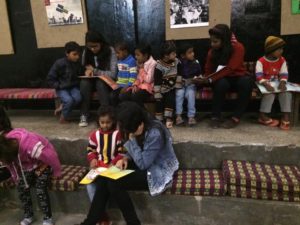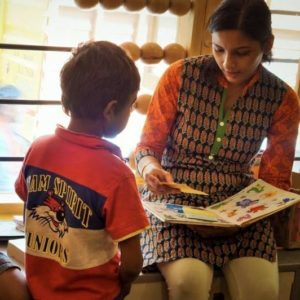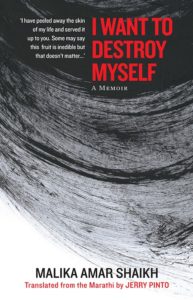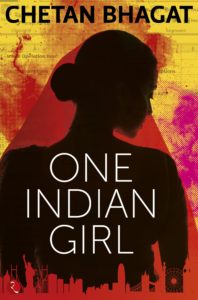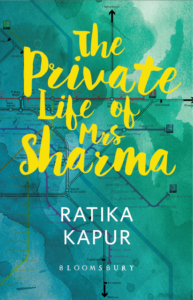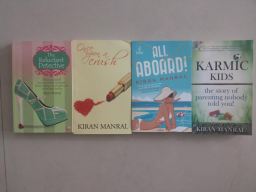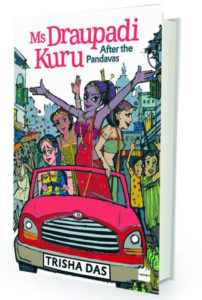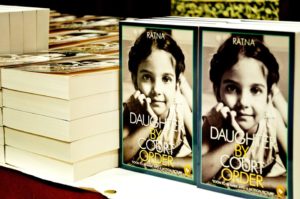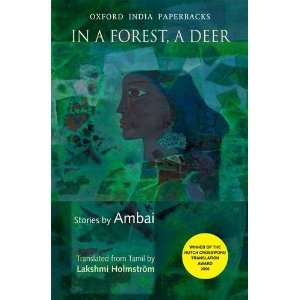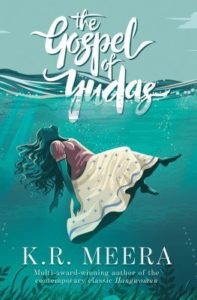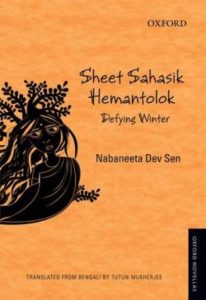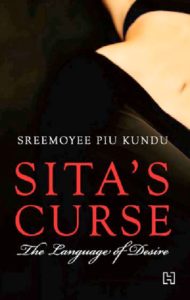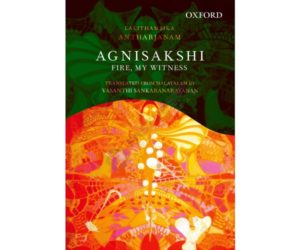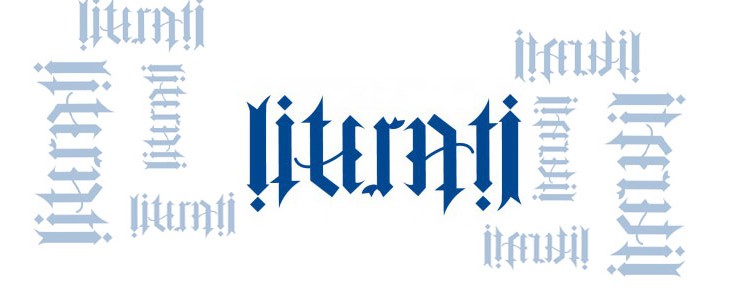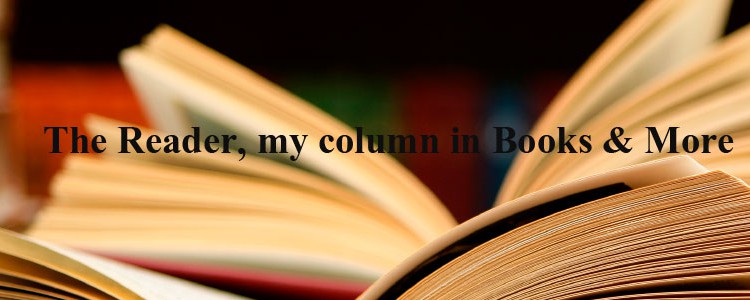INDIA’S LARGEST INDEPENDENT PUBLISHING HOUSE TURNS 80!
 Rupa Publications turns 80 this August, and reiterates its continuing commitment to books, authors and the industry.
Rupa Publications turns 80 this August, and reiterates its continuing commitment to books, authors and the industry.
Rupa Publications’ journey began eighty years ago, when an enterprising young man, D. Mehra, managed to impress an English bookseller by his salesmanship and became his representative.
From Jawaharlal Nehru’s letter to Indira Gandhi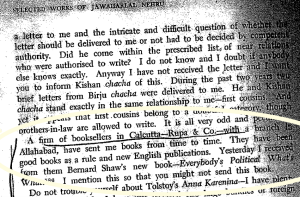
While we have come a long way since, that enterprising spirit has remained a constant, and the company has creatively and strategically expanded the scope of publishing in India to emerge as India’s largest independent publishing house, registering robust year-on-year top line growth over the years, at a level unparalleled in the publishing industry.
Success is a function of a combination of things: passion and energy, innovation and expertise, teams and leaders. All of which exemplifies Rupa Publications. It is no wonder it’s the House of Bestsellers. Happy 80th to my publisher.—RONNIE SCREWVALA
The company has been at the forefront of Indian publishing throughout its existence, finding and promoting the most exciting writing talent the country has to offer. Over the years, the company has published numerous acclaimed novelists, and non-fiction writers including well-known sportsmen, politicians, economists, journalists, actors, entrepreneurs and industrialists.
I am what I am because of Rupa Publications. They were the first people to have believed in me and, after more than a decade, remain my publisher. Together we have a mission to make India read, and we are still as enthusiastic about it as ever.—CHETAN BHAGAT
In recent times, the company’s non-fiction publishing has captured the country’s imagination, among them Jaswant Singh’s Jinnah, which raised serious questions about Partition; The Dramatic Decade, the first of a three-volume autobiography by the first citizen of India, President Pranab Mukherjee; the provocative memoir of well-known politician and diplomat K. Natwar Singh, One Life Is Not Enough; the former governor of the Reserve Bank of India, Bimal Jalan’s volume on the interface between politics and economics, Politics Trumps Economy; A.P.J. Abdul Kalam’s wonderfully inspirational and educative The Guiding Light; popular actor Ayushmann Khurrana’s experiential guide to making it in Bollywood, Cracking the Code; top media professional and serial entrepreneur Ronnie Screwvala’s Dream With Your Eyes Open; the straight-talking memoir of the former Comptroller and Auditor General of India, Vinod Rai, Not Just an Accountant; and former Chief Election Commissioner S.Y. Quraishi’s deeply analytical study of the Indian elections, An Undocumented Wonder. The backlist includes many other heavyweight writers such as Wytze Keuning, Acharya Kripalani, L.K. Advani, J.R.D. Tata, Maharani Gayatri Devi and Mark Tully, to name a few.
In fiction, Rupa Publications continues to publish some of the country’s biggest writers of commercial fiction, most notably Chetan Bhagat, the No. 1 bestselling novelist in India. His latest novel, Half Girlfriend, and his just released work of non-fiction, Making India Awesome, have had the largest ever first print run, where English language trade publishing in India is concerned. Another notable bestselling author has been Varun Agarwal with his How I Braved Anu Aunty and Co-founded a Million Dollar Company.
I’d be forever grateful to Rupa for believing in me and backing me up in spite of [my] being a first-time writer. I still remember the excitement when I got a mail from Rupa saying my book would be published. Not only do I think Rupa is one the finest publishing houses in the country, it’s also one of the most disruptive. I’d like to thank Rupa for changing my life and also making Anu Aunty a household name.
I wish you guys all the best for the future. Like always, keep kicking ass.—VARUN AGARWAL
Other popular writers on Rupa’s list include Samrat Upadhyay, Nitasha Kaul (who was shortlisted for the Man Asian Literary Prize for her debut novel Residue), Siddhartha Gigoo (nominated for the 2015 Commonwealth Short Story Prize), Gulzar, Ruskin Bond, Kavita Kané, Damodar Mauzo, Anuja Chandramouli and Madhuri Banerjee.
Rupa is my ‘home’ publishing house, given my long-standing and fruitful relationship with the group. Thanks, Rupa. Wish you a thousand returns of the day.—GULZAR
Rupa’s publishing has been innovative and designed to meet the needs of the fast-changing Indian marketplace. In 2012, the company launched Red Turtle, the premier children’s imprint which has brought out beautifully illustrated and designed books such as Babayan by Kiku Adatto; The Tigers of Taboo Valley by Ranjit Lal; and translations from Satyajit Ray, The Magic Moonlight Flower and Other Stories.
In 2015, Rupa Publications celebrated India’s business and entrepreneurial spirit by launching its business imprint, Maven, with marketing wizard Suhel Seth’s Mantras for Success: India’s Greatest CEOs Tell You How to Win, profiling the czars of Indian business and HSBC honcho Naina Lal Kidwai’s 30 Women in Power, featuring the struggle and successes of India’s extraordinary women achievers.
Rupa completes 80 years not just of being one of India’s most revered publishers but more than that one of India’s foremost knowledge disseminators. Rupa combines a rare understanding of the Indian psyche and has, over the years, honed its tremendous insights into creating books which have had the greatest impact on the Indian mind.—SUHEL SETH
The strength of its publishing apart, Rupa has ensured that its titles are sold and distributed effectively by owning its own distribution network—the only major publishing house in India with such an asset. In addition, it has been at the forefront of pioneering marketing and publicity initiatives. Some of these innovations include managing to place, in association with Flipkart, front-page advertising for Chetan Bhagat’s novel in the country’s highest circulated English language newspaper, and strategizing massive media as well as trade support for the President’s memoirs.
Rupa Publications have been my publishers since 1998. A formidable and dynamic entity, its reach is unsurpassed, as I discovered during my promotional travels related to One Life Is Not Enough. An outstanding publisher, I congratulate them on their achievement and dedication. —K. NATWAR SINGH
Constantly pushing the boundaries of possibilities to leverage the best for its books and its authors, Rupa Publications has redefined the rules of publishing by understanding and seizing the opportunity of the middle of the pyramid of the 400 million inhabiting ‘middle’ India. Rupa has been pioneering in its attempt to reach this untapped audience—by packaging good content with affordable pricing and extended distribution—and this is evident not only in its core frontlist but also in terms of sales of regional language rights.
And, never sitting on its laurels, Rupa Publications is now focusing on how it can leverage the digital space, and is readying to exploit the opportunities arising from the digitization of content made possible by the advances in hard technology over the last ten years.
Kapish Mehra, managing director, Rupa Publications, expressed his delight at crossing the 80-year milestone, and said “Breaking new ground has been our constant focus, and we will continue to do so in the days, months and years to come so as to contribute to the growth of the industry and provide an enhanced reading experience for all.”
Rupa Publications. Eight decades of being in your good books.
For further information please contact:
Vasundhara Raj Baigra, Head of Marketing and Publicity, Rupa Publications India.
Email: vasundhara@rupapublications.com | Tel: 011 4922 6627
